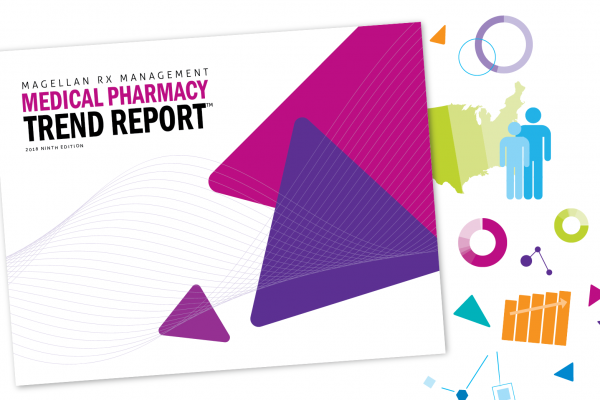Today, children and adolescents with behavioral health challenges are generally prescribed, and use, an alarming number of psychotropic medications. This excessive usage has raised concerns among families, practitioners and advocates amid questions about the appropriateness of the diagnoses that justify the drugs’ use – as well as the uncertainty surrounding the long-term effects of these drugs on a child’s neurological development.
Thinking ahead about the challenge
Magellan Health has had its eye on this issue for years, publishing a popular monograph, “Appropriate Use of Psychotropic Drugs in Children and Adolescents,” on the topic in 2013, which addressed the anxiety and confusion around the issue. Now – leveraging new data and research – we have released an updated monograph.
We know that appropriate use of psychotropic medications can play a role in helping children and youth with behavioral health conditions successfully live at home, achieve in school and experience positive engagement within their communities. But first parents, caregivers and practitioners need to fully understand the risks and monitor their use. When they’re used in the wrong way, these drugs can lead to a host of medical conditions and social problems that prevent youth and their families from achieving their goals.
10 questions to ask before starting treatment
To tackle this issue in the most practical way, we’ve developed a list of top 10 questions for caregivers, practitioners and the child/youth to discuss before beginning this type of treatment:
The treatment options
- Are these medications needed?
- Will the child benefit from therapy?
- Did the child get a full evaluation from a behavioral health practitioner?
The medication
- Has the medication been tested and approved for children? What are the risks, benefits and side effects?
The treatment plan
- How will we know the child is making progress?
- How often will the child be checked after starting the medications? What happens if we don’t see progress?
- What warning signs should we look for and when should the doctor be called?
- Will the treatment be noted in the child’s health care records?
- Will the practitioner talk to the child’s other health care providers?
- Does the practitioner know of other medications the child is taking and are there risks in combining them?
Implications
We know practitioners strive to do the right thing for the individuals they serve. With our monograph, we aim to support them in their decision-making process. Our approach is to help primary and behavioral health practitioners – as well as parents, youth and advocacy organizations – make informed decisions that most effectively meet each child’s needs. When the right medications are prescribed and monitored, they can have positive results in a child’s life.





